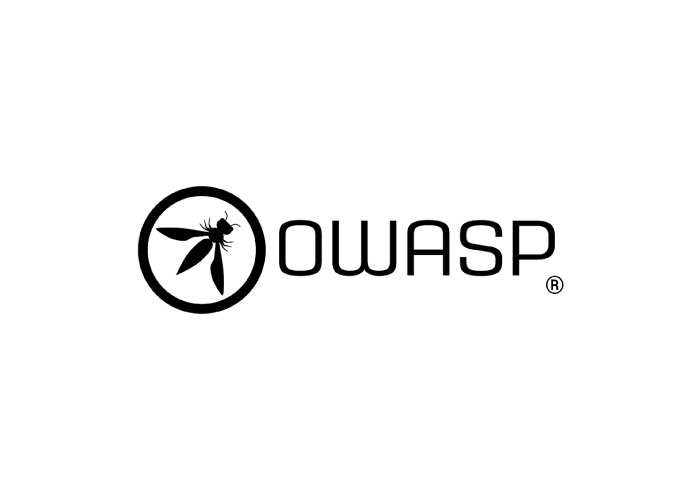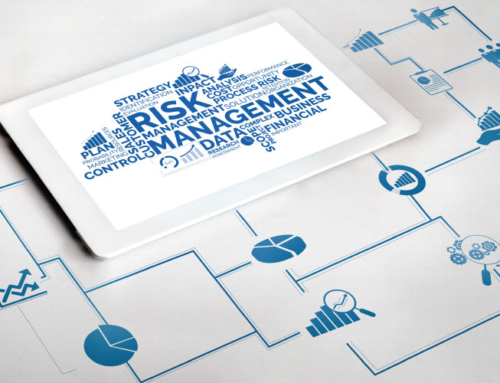Many businesses rely on web applications because of their accessibility across multiple users, their ability to integrate seamlessly with other systems, and their customizability. With the popularity of web applications on the rise, it is critical for companies to make sure they stay safe. Unfortunately, cybercrime has gone up 600 percent during the COVID-19 pandemic, and it is estimated to cost the world more than $10.5 trillion by 2025. There is a common misconception that cybercrime only targets large businesses, but almost half of all cybercrime targets small businesses. Sadly, less than 15 percent of small businesses have the tools and resources in place to defend themselves.
According to an article published by The Atlantic, more than half of all web traffic is made up of bots. When they are combined with smart, inventive hackers, it is obvious that individuals and businesses need to think about web application security.
OWASP is an organization that produces readily available information related to web application security. Because web apps are common targets for hackers, it is important to understand OWASP’s automated threats to web apps, the risks they pose, and how to protect against them.
What do you need to know about automated threat detection? How can OWASP best practices keep you safe?
Why Is Automated Threat Detection Necessary?
Automated threat detection is important because cyberattacks are growing in their frequency, scope, and severity. Some of these attacks are being driven by bots, which combine AI and machine learning to hunt for vulnerabilities in your defenses that can be exploited. A bot is an automated program that runs repeated tasks on the internet. For example, a bot might be programmed to run the same code over and over again until it finds a portion of your website that is vulnerable. Then, a hacker can target that part of your website and exploit it.
The very same tools used by AI technology to automate certain processes can be used by hackers and bots to take down networks, corrupt confidential information, and steal critical files. For example, Death by Captcha uses optical character recognition and machine learning to cut through captchas.
It is impossible to manually track these threats, which is why automated threat detection is so important. According to a survey conducted by PwC called Global State of Information Security (GSISS), the threat of automation and bots will only grow in the coming years. Based on the survey, nearly half of all businesses do not have adequate measures to respond to key security threats.
The dangerous potential of automation and botnets can influence the coming years’ cyber attacks. For this reason, in May 2017, the G-7 and G-20 leaders reinforced the urgency for cyber-security, increasing confidence in digital technologies.
Despite knowing this, most managers remain unprepared. According to the PwC survey, 44% do not have a security strategy, and more than half of them (54%) have no solution to respond to security incidents. That is where OWASP is helpful.
What Is OWASP?
So, what exactly is meant by OWASP? OWASP stands for open web app security project. This is a nonprofit organization that provides helpful information to developers, helping them exercise the best level of web security possible. OWASP provides a wide variety of tools, resources, education, and training programs to help web developers protect themselves from hackers and cyber attacks. Furthermore, OWASP also has a list of numerous automated threats to web applications that every developer, DevOps, and engineering professional needs to be aware of. What are a few examples, and why are they so dangerous?
The Top Automated Threats To Web Apps According To OWASP
There are several automated threats to web apps that OWASP wants everyone to know about. It is critical for engineers to understand the risks they pose and how to prevent them from happening. These include:
1. CAPTCHA Defeat
This is an automated threat that bots can use to get by audio and visual captchas that are used to tell computers and humans apart. These tests are important because they can prevent bots from overwhelming servers and networks, taking them offline. If bots can get around these captchas via CAPTCHA defeat, it can create serious security risks for all businesses using CAPTCHAS. Companies need to have measures in place to detect bots trying to get around these threats and prevent them from taking the application or website offline. Already, some companies have announced that they can get by captchas, highlighting this threat.
2. Account Creation
Account creation is a major automated threat in the current environment. This is an artificial way for hackers to create multiple accounts. Then, they can spam blogs, articles, and websites with numerous negative comments.
It is important to use tools that identify artificially high account creation rates. Even though you may want to see a lot of people using your website, a significant, abrupt spike may indicate that a bunch of false accounts are being created, which can bring down a website.
3. Vulnerability Scanning
Even though you do everything you can to stay on top of vulnerabilities in your code, nothing is perfect. It doesn’t matter how secure your web application is or how impressive you think your SSL might be, as hackers will eventually find a way if you give them enough time.
The job of a vulnerability scanner is to identify vulnerabilities that might be present in your application. The scanner will check your application, looking for any security loopholes. For example, you might have an outdated SSL certificate on your website or application. This means that it will not be able to protect your application against the latest viruses and malware.
If a hacker uses a vulnerability scanner to check your web application, they might uncover this outdated SSL, giving them an opportunity to exploit your website. Make sure you perform your own vulnerability scan from time to time to identify and patch these issues before they bring down your website.
4. Scalping
Also known as purchase automation or queue jumping, this is a major threat that some businesses must contend with as well. Bots can use automated monitoring of certain websites, purchasing the entire stock before other people have a chance to purchase anything. In the wake of supply shortages, scalping has become more common. Most notably, this was an issue with new PlayStation 5 consoles and Xbox Series X systems.
While some organizations have measures in place to combat this issue, it is still a significant problem, and companies need to think about how they can tell bots and humans apart in online stores. This can prevent bots from purchasing the entire stock before human users have a chance to buy one for themselves.
5. Credential Stuffing
Another significant automated threat is called credential stuffing. A lot of people have a hard time remembering credentials for so many accounts, including loyalty accounts, bank accounts, investment accounts, and employment information. As a result, people use the same username and password across multiple sites.
Of course, this means if one account gets hacked, all of them are vulnerable. Attackers will try to get one set of credentials, use them across a variety of applications, and look for applications they can access with that same set of credentials.
The best way to deal with this threat is to use two-factor authentication because iif someone steals one set of credentials, they don’t get access to everything.
How To Secure Your Web Application Against These Threats
Web application security is more important than it has ever been in the past. If you are interested in securing web applications, there are several web security best practices OWASP you need to keep in mind. Some of the most important tips to follow include:
- Education: Education is critical. Your web application will only be as strong as its weakest link. For example, employees need to be taught what phishing attacks look like, so they do not surrender their login credentials to a hacker who might use them to launch an attack.
- Password Hygiene: Password hygiene is also important. Therefore, you should teach users to create strong username and password combinations. Then, encourage users to change their passwords from time to time.
- Penetration Testing: Penetration testing is also important for detecting an OWASP application threat. If you can identify vulnerabilities in your application before hackers, you can patch them.
- Trust the Professionals: Finally, you should also trust professionals to help you. Automated threat protection is an important part of protecting your web application, but you should also reach out to professionals who can assist you with cybersecurity measures, so you can focus on other important tasks without sacrificing the quality of your web application security.
These are a few of the most important points you should keep in mind regarding OWASP automated threats to web applications. Because these applications are becoming more widespread, they are also becoming ripe targets for hackers. Make sure you defend your applications against these threats.





